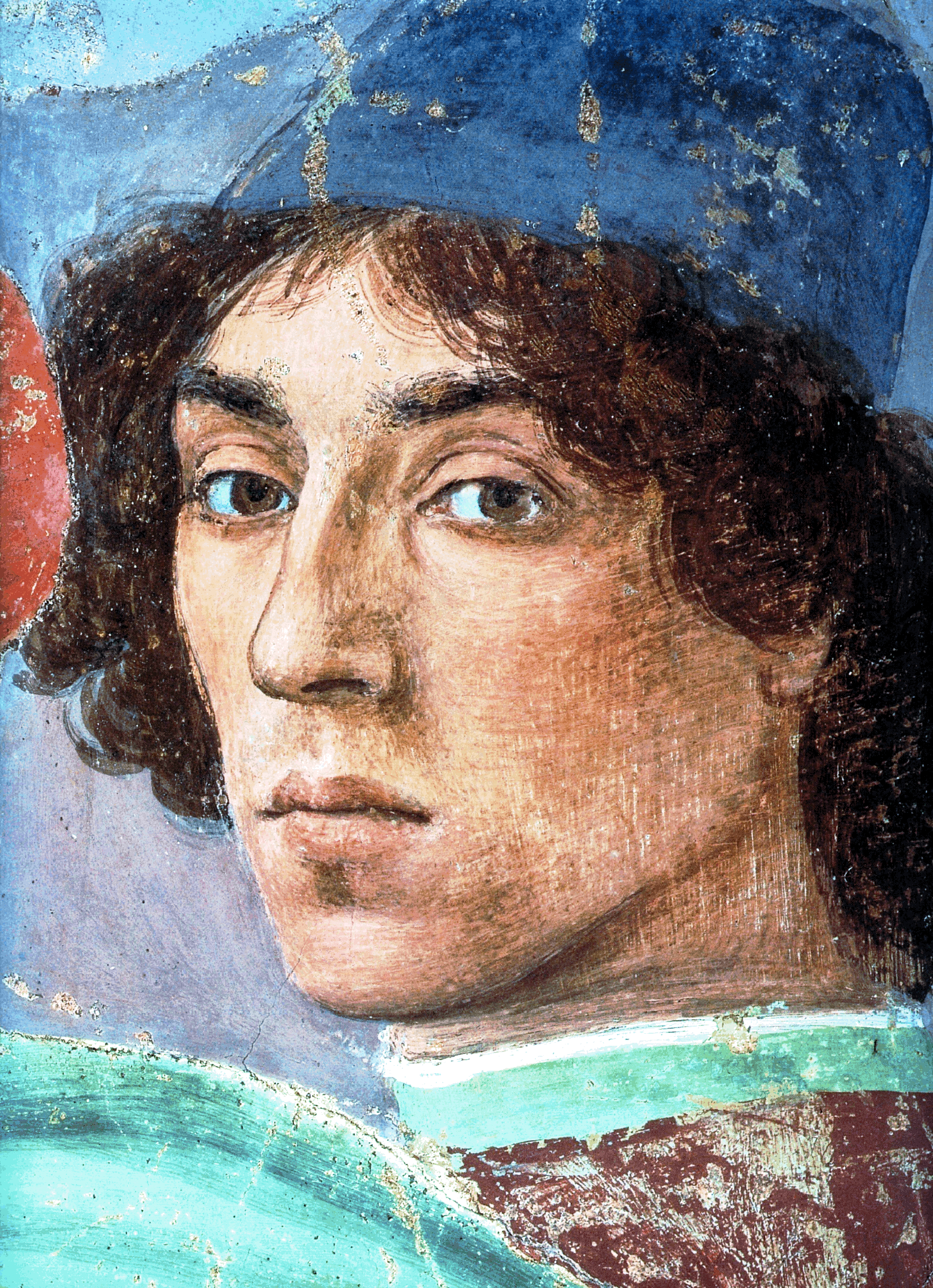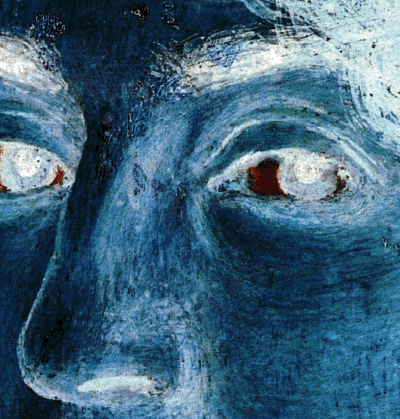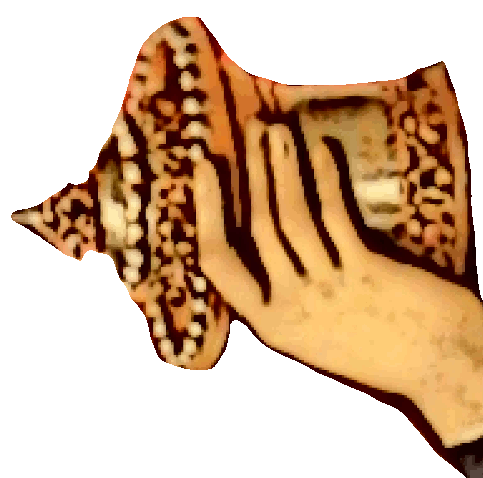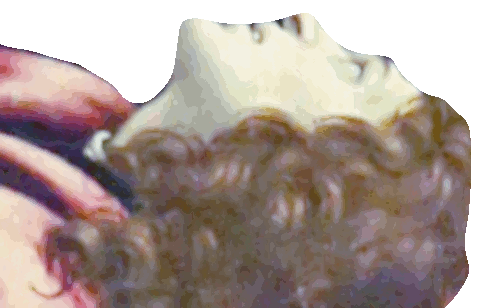|
FILIPPINO LIPPI
|

Filippino Lippi, Public domain
Self portrait from Cappella Brancacci
fresco - 1482
|
- Filippino Lippi (1457 – 18 April 1504), who was
born in Prato, Tuscany, was an Italian Renaissance painter mostly working in Florence, Italy, during the later years of the Early Renaissance and first few years of the High Renaissance.
- He also worked in Rome for a period from 1488, and later in the Milan area and Bologna.
- He was the the illegitimate son of Lucrezia Buti, a Catholic
nun, and the painter Fra Filippo Lippi
(1406-1469), who was a priest.
|
Fra Lippi was a Carmelite priest, ordained
in 1425. The order was founded by hermit monks living
contemplative lives in caves on Mount Carmel and
embracing the life of the prophet Elijah as a
spiritual father. (catchlight.blog)
|
|

Scandalous birth
|
- His birth caused quite a scandal but the pope eventually
allowed his parents to leave the church.
- After
Filippino's birth they received a papal dispensation to marry
(arranged by Lorenzo de' Medici), however, artist Vasari
claimed
that they never did.
- He first trained under his father in his workshop
and he later completed his apprenticeship in the workshop of Botticelli.
- Filippino was a painter and a draftsman whose work was lively and linear, as well as infused with a warm color palette.
- When his father died in 1469, Filippino completed the frescoes left unfinished by Filippo in the apse of the cathedral of Spoleto,
he was quite a prolific artist even by age 12.
|
During his apprenticeship Filippino would have learned
tempera painting and fresco work, and also oil
painting, although use of the latter was still
uncommon. Draughtsmanship was another vital skill,
given the Florentine respect for disegno: he began by
drawing in metalpoint and white gouache on prepared
paper, turning to pen and ink drawings only later in
life. (visual-arts-cork.com)
|
|

Most original and creative
|
- Lippi studied in Botticelli’s workshop up until 1473 and did not develop his own distinct style until about 1480.
- His drawings are considered some of the most original and creative of the Italian Renaissance.
-
He was an exceptional and prolific draughtsman, and more drawings are attributed to him than to any other
15th-century Florentine painter apart from Leonardo.
- Filippino's fame spread throughout Italy and he painted major series of frescoes in Rome as well as Florence.
-
He was part of the Medici Family’s great patronage for Florentine arts, including Verrocchio (1435-1488), Leonardo da Vinci (1452-1519) and Michelangelo (1475-1564), among many others.
|
His early solo works greatly resemble those of Botticelli, but perhaps with less sensitivity and subtlety. The first ones (dating from 1475 onward) were attributed to an anonymous "Amico di Sandro" ("Friend of Botticelli"), a term introduced by Bernard Berenson in 1899, though by 30 years later his "lists" gave most of them to Lippi.
(Wikipedia)
|
|

Died in Florence
|
- Lippi was also a renowned painter of altarpieces, receiving commissions from Milan, Bologna and Genoa.
- In 1503, he also took on a commission, yet another abandoned by Leonardo, to paint a huge double-sided high altarpiece for the Servite monks of Santissima Annunziata.
- He only got as far as starting the main front panel, called
Deposition, which was eventuallty finished by Perugino.
- It is said that when Lippi died in Florence
of sprimanzia (angina), in April 1504, at age 46, he was so loved in the city that many shops closed the day of his burial.
- Like his father, Filippino traveled across Italy, leaving his artistic mark whereever he went.
|
In his later years, Lippi painted in Pavia in Lombardy and Prato in Tuscany, creating his Tabernacle of the Christmas Song and Mystic Wedding of Saint Catherine. His last work, Deposition, commissioned for the Santissima Annuziata in Florence was left unfinished.
(virtualuffizi.com)
|
|
|
"I am poor brother Lippo, by your leave!.
Robert Browning, Fra Lippo Lippi

|

